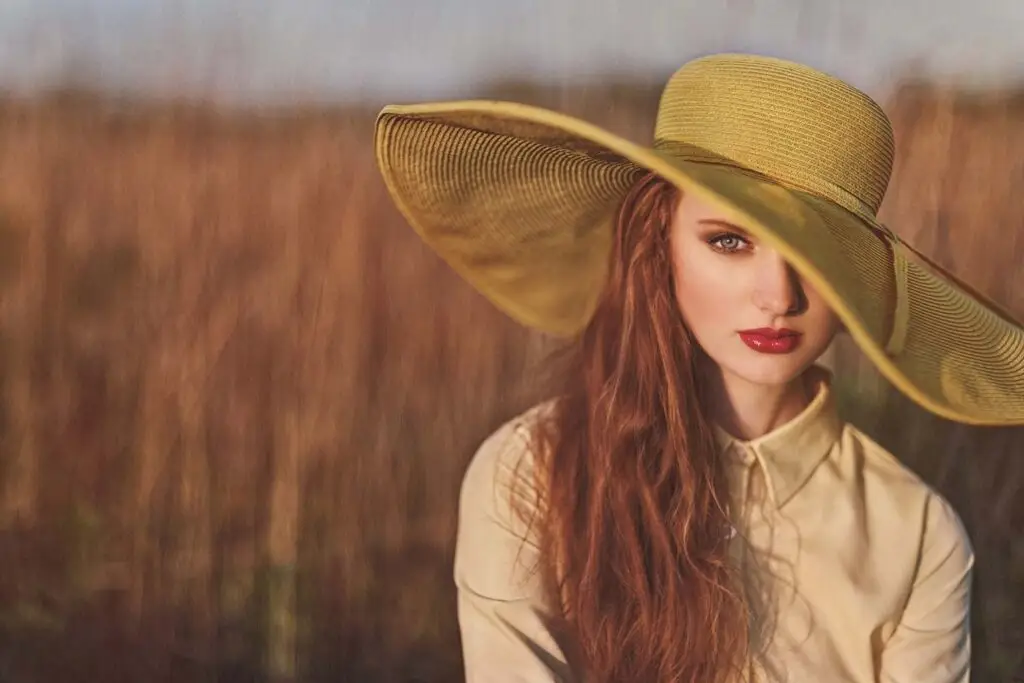Lighting is one of the most critical elements in photography, and its importance is magnified in wedding photography. As we move into 2025, advancements in technology and techniques continue to shape how photographers use light to create stunning images. This blog will explore the role of lighting in wedding photography, with a focus on destination wedding photography in Tennessee and event photography in Tennessee. We’ll also include insights from a renowned photographer to provide expert perspectives.
The Importance of Lighting in Wedding Photography
Lighting sets the mood, highlights details, and enhances the overall aesthetic of wedding photos. Here are some reasons why lighting is crucial in wedding photography:
• Mood Setting: Lighting can create a romantic, dramatic, or joyful atmosphere, depending on how it’s used.
• Detail Highlighting: Proper lighting ensures that important details, such as the bride’s dress, the groom’s suit, and the wedding decor, are clearly visible.
• Aesthetic Enhancement: Good lighting enhances the natural beauty of the venue and the subjects, making the photos more visually appealing.
Types of Lighting in Wedding Photography
Understanding the different types of lighting can help you make informed decisions for your wedding photography. Here are some common types of lighting used in wedding photography:
1. Natural Light
Natural light is often preferred for its soft and flattering qualities. It can be used to create beautiful, timeless images.
2. Artificial Light
Artificial light, such as flash and continuous lighting, is used to supplement natural light or create specific effects. It is especially useful in low-light conditions.
3. Ambient Light
Ambient light refers to the existing light in a scene, such as sunlight filtering through windows or the glow of candles. It can add a warm and natural feel to photos.
4. Off-Camera Flash
Off-camera flash allows photographers to control the direction and intensity of light, creating dynamic and dramatic images.
Techniques for Using Lighting in Wedding Photography
Here are some techniques that photographers use to make the most of lighting in wedding photography:
1. Golden Hour Photography
The golden hour, shortly after sunrise or before sunset, provides soft, warm light that is ideal for wedding portraits.
2. Backlighting
Backlighting involves positioning the light source behind the subject, creating a halo effect and adding depth to the image.
3. Fill Flash
Fill flash is used to fill in shadows and balance the exposure, especially in bright outdoor settings.
4. Light Modifiers
Light modifiers, such as diffusers and reflectors, help control the quality and direction of light, creating softer and more flattering images.
Lighting Challenges in Wedding Photography
Wedding photography often presents unique lighting challenges. Here are some common challenges and how to overcome them:
1. Low Light Conditions
Many wedding venues have low light conditions, especially during evening receptions. Using a combination of high ISO settings, fast lenses, and artificial lighting can help capture clear images.
2. Mixed Lighting
Mixed lighting, such as a combination of natural and artificial light, can create color balance issues. Photographers can use white balance adjustments and color correction techniques to address this.
3. Harsh Sunlight
Harsh sunlight can create unflattering shadows and highlights. Photographers can use diffusers, reflectors, and fill flash to soften the light and create balanced exposures.
Expert Insights on Lighting in Wedding Photography
To provide a professional perspective, here’s a quote from renowned wedding photographer Gregory Heisler:
“All the planning, intuition, technical prowess, and knowledge, as well as the trust and rapport you have (or haven’t) established, will show up in the picture, frozen forever.” – Gregory Heisler
The Role of Lighting in Destination Wedding Photography in Tennessee
Tennessee offers a variety of stunning locations for destination weddings, from scenic mountains to charming countryside venues. Here are some tips for using lighting in destination wedding photography in Tennessee:
1. Embrace Natural Light
Tennessee’s natural beauty provides ample opportunities for using natural light. Plan your shoot around the golden hour to capture the best light.
2. Use the Landscape
Incorporate the landscape into your photos by using lighting to highlight the natural surroundings, such as mountains, lakes, and forests.
3. Adapt to Weather Conditions
Tennessee’s weather can be unpredictable. Be prepared to adapt your lighting setup to different weather conditions, whether it’s bright sunshine or overcast skies.
The Role of Lighting in Event Photography in Tennessee
Event photography in Tennessee, such as corporate events, parties, and concerts, also relies heavily on effective lighting. Here are some tips for using lighting in event photography:
1. Capture the Atmosphere
Use ambient light to capture the atmosphere of the event. This can include stage lighting, decorative lights, and natural light from windows.
2. Highlight Key Moments
Use spotlights or flash to highlight key moments, such as speeches, performances, and interactions between guests.
3. Balance Light Sources
Event venues often have multiple light sources. Balance these light sources to ensure consistent exposure and color balance in your photos.
Why Choose JMF Photography?
When it comes to destination wedding photography in Tennessee and event photography in Tennessee, JMF Photography stands out for its exceptional service and expertise in lighting. Here’s why you should consider JMF Photography for your next event:
• Experience: With years of experience in capturing weddings and events, JMF Photography knows how to use lighting to create stunning images.
• Personalized Service: JMF Photography takes the time to understand your vision and works closely with you to achieve it.
• Creative Excellence: Known for their creative approach, JMF Photography captures unique and beautiful images that tell your story.
Ready to capture your special moments with stunning photography? Reach out to JMF Photography today to discuss your needs and schedule a consultation. Whether you’re planning a destination wedding or a major event, JMF Photography is here to help you create lasting memories.
Lighting plays a crucial role in wedding photography, influencing the mood, detail, and overall aesthetic of the images. By understanding different types of lighting and techniques, you can work with your photographer to capture the best shots. Whether it’s destination wedding photography in Tennessee or event photography in Tennessee, effective use of lighting can make all the difference. Trust in the expertise of professionals like JMF Photography to ensure your special moments are beautifully documented.


